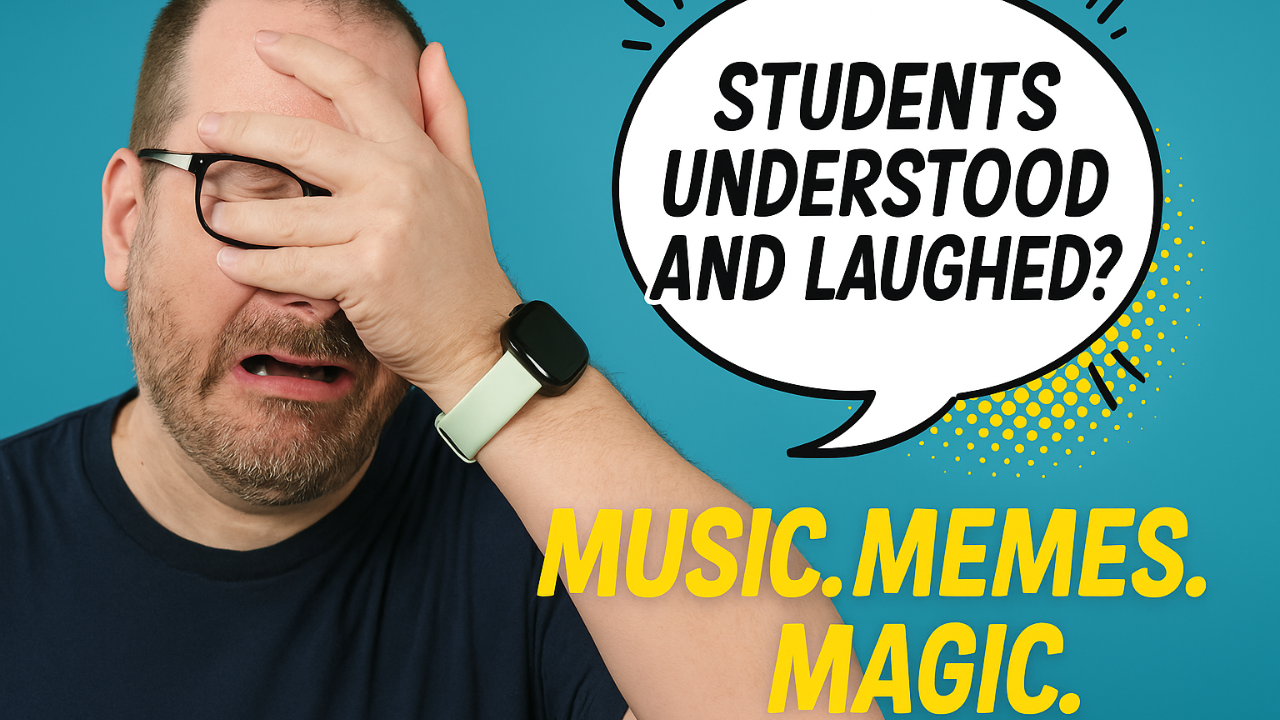
Introduction: Why Basic Understanding Isn’t Enough
You’ve worked hard to get your students to understand input, and they’re doing well. They follow along with stories, answer comprehension questions, and can summarize what they’ve read. But then, when you try to push for deeper discussion, they freeze.
How do we help students go beyond just “getting it” and start thinking critically about language, stories, and meaning? The good news is—it’s easier than you think! By shifting how we engage students, we can turn passive understanding into deep analysis and interpretation.
1. Move Beyond Basic Summaries—Encourage Deeper Discussions
Too often, students rely on summary as a comprehension check. They can tell you what happened, but that doesn’t mean they truly understand the deeper meaning of a story or text. Real comprehension comes from analyzing, questioning, and making connections.
One of the easiest ways to shift students toward deeper thinking is by changing the questions we ask. Instead of asking “What happened?” try “Why do you think the character made that choice?” or “How does this decision impact the rest of the story?” These types of questions push students beyond factual recall and force them to think critically.
To scaffold this, provide sentence starters such as:
- "This reminds me of…"
- "A different perspective could be…"
- "I think the author is trying to show that…"
Another great strategy is using a silent conversation. Instead of discussing questions out loud, have students write their responses on a shared Google Doc, sticky notes, or a classroom whiteboard. This slows down their thinking and allows everyone to contribute at their own pace.
2. Teach Students to Analyze Character Motivations
Understanding a character’s motivation is crucial to comprehension. However, many students stop at surface-level observations like "He was angry" or "She wanted to win." Encouraging students to explore why a character feels a certain way helps them develop a deeper connection to the text.
Role-playing is an excellent way to make this come alive. Assign students different characters and have them justify their decisions as if they were in that role. Another strategy is character journals, where students write diary entries from a character’s perspective. This forces them to step into the character’s shoes and think about their internal struggles.
A great way to deepen analysis is by comparing characters across stories. Ask students to identify patterns in motivations between different texts. For example, how is the main character’s motivation in one story similar to another? This encourages them to think about universal themes in literature.
3. Help Students Connect Themes to Real-World Situations
Themes make stories resonate, but they often go unnoticed unless explicitly pointed out. Many students assume that themes are something abstract and difficult, but they’re actually all around us.
To help students see this, start by making theme predictions before reading. Based on the title and visuals, what themes do they expect to see? Then, as they read, have them adjust their predictions based on what they discover.
Another effective strategy is using real-world comparisons. Ask students to relate themes to current events, historical events, or their personal experiences. For example, if a story explores the theme of justice, discuss real-life cases where justice (or injustice) played a major role.
Using essential questions can also guide discussions. Questions like "What does it mean to be brave?" or "How does power affect relationships?" can help students connect the text to larger ideas beyond the classroom.
4. Train Students to Identify Hidden Details and Symbolism
Authors often communicate more through what they imply than what they state outright. Recognizing hidden meaning, symbolism, and subtext is an essential skill for advanced comprehension.
One of the best ways to train students in this skill is the ‘What’s Missing?’ strategy. Instead of focusing on what is said, ask them to look for what’s not said. What are the gaps in the story? What details does the author leave up to the reader’s imagination?
Color-coding is another great tool. Assign colors to different themes, emotions, or literary devices while reading. For example, students might highlight all examples of irony in blue, foreshadowing in green, and character motivations in yellow. This helps them visually track deeper meanings in a text.
Finally, focusing on author’s choices is key. Why did the author choose a specific word, setting, or image? What effect does it have on the reader? Asking students to analyze these decisions helps them develop a more nuanced understanding of writing.
5. Make Text Analysis Fun and Engaging
Text analysis doesn’t have to be boring! Adding interactive elements makes comprehension feel like an exciting challenge instead of just another academic task.
Try a ‘Text Detective’ challenge. Give students a list of elements to find in a passage—foreshadowing, symbolism, irony, or figurative language. This turns analysis into an engaging hunt rather than a chore.
Another fun activity is debating character decisions. Have students take sides on whether a character made the right choice, backing up their stance with evidence from the text. This not only deepens comprehension but also strengthens speaking and critical thinking skills.
A final strategy is creating alternative endings. Have students rewrite the ending of a story based on their interpretations. How would changing one decision impact the entire plot? This forces them to think about cause and effect within the narrative.
Conclusion: Small Shifts, Big Impact
Helping students move beyond surface-level understanding is about creating opportunities for deeper thinking. By incorporating even one of these strategies, you’ll see students start to engage with texts on a whole new level. The key is to ask better questions, provide meaningful connections, and make text analysis interactive.
Want to test your own CI teaching skills? Take the CI Proficiency Quiz here: https://imim.us/ciquiz.
Key Takeaways:
✔️ Use open-ended questions to encourage deeper thinking.
✔️ Help students analyze character motivations through role-play and comparisons.
✔️ Connect themes to real-world events and essential questions.
✔️ Teach students to recognize hidden meaning using color-coding and ‘What’s Missing?’ strategies.
✔️ Make text analysis fun with games, debates, and creative assignments.
By implementing these techniques, you’ll transform your classroom into a place where students don’t just read—they think, analyze, and engage with language on a whole new level! 🚀



